Fani, Amphan, Taukte, now Yaas? How cyclones are named
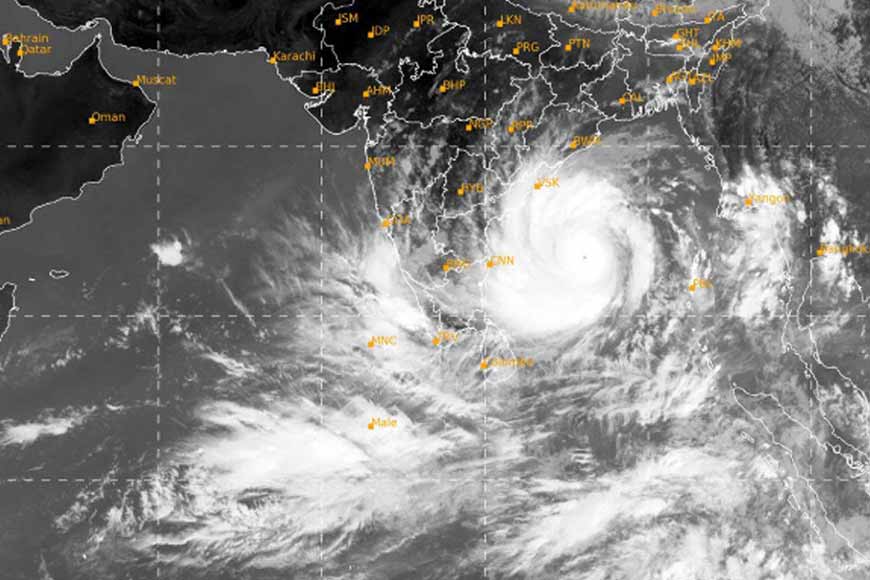
You couldn’t make this script up. As we approach the first anniversary of the utter devastation caused by Amphan, which struck West Bengal on May 21, 2020, there is already talk of the next tropical cyclone which could make landfall in these parts, to be called Cyclone Yaas (the closest Bangla equivalent would be ‘iyaas’). Whether Yaas will take on the ‘super cyclonic’ properties of Amphan remains to be seen, but the tentative prediction is that it will become active towards the end of this month.
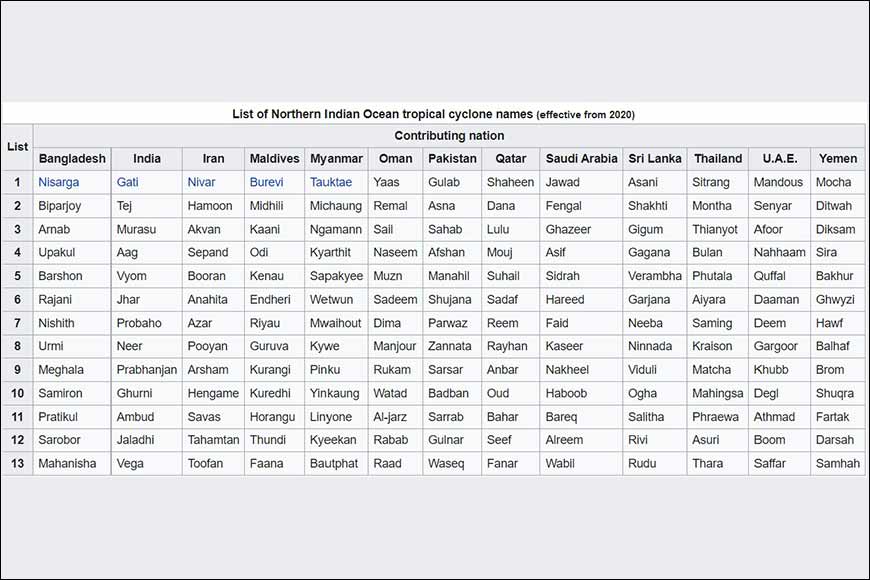
Of course, even as you read this, the very severe cyclonic storm Taukte (pronounced ta’ute), having roared across India’s west coast, taking at least 12 lives in the process, is now hovering over Saurashtra in Gujarat, showing signs of weakening into a merely severe storm. Incidentally, the word ‘taukte’ means a kind of lizard in Burmese, sort of like our own ‘tiktiki’. And Amphan (pronounced ‘um-pun’) is Thai for ‘sky’. The name Yaas comes from Oman. In English, the word means ‘pessimism’ or ‘despair’, no doubt an appropriate name for a fierce storm.
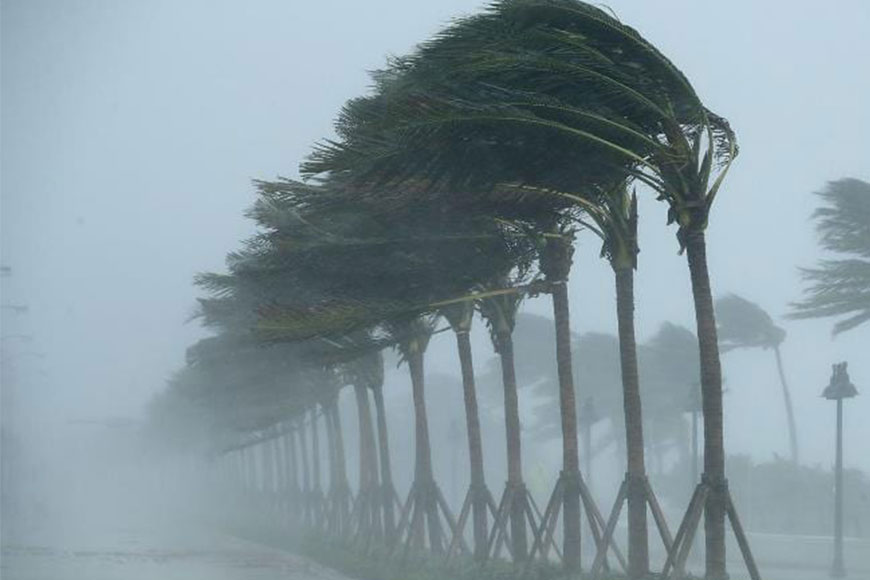
Storm names such as Aila (named by Maldives), Fani (named by Bangladesh), Bulbul, Titli (both named by Pakistan) and Amphan are still tragically fresh in Bengal’s recent memory. Some of the names are linguistically familiar to us, some not. Why not? Who names these storms and how? Why does a storm with a Thai name hit West Bengal, or one with a Bengali name hit Thailand? For those not yet in the know, these are questions very easily answered.
Back in 2000, the World Meteorological Organisation (WMO) agreed to start assigning names for cyclones over the North Indian Ocean basin, using a list of names suggested by countries surrounding the basin, of which India is one. Initially, however, India was reluctant to name cyclones, and only agreed after four years of continuous discussion. In 2004, therefore, the India Meteorological Department (IMD) began naming North Indian Ocean storm systems, kicking off with Cyclone Onil in September 2004.
IMD’s Regional Specialised Meteorological Centre (RSMC) in New Delhi is one of six such centres across the world, and provides advisories to 13 countries in the North Indian Ocean basin - India, Bangladesh, Pakistan, Sri Lanka, Iran, Maldives, Myanmar, Oman, Qatar, Saudi Arabia, Thailand, United Arab Emirates and Yemen.
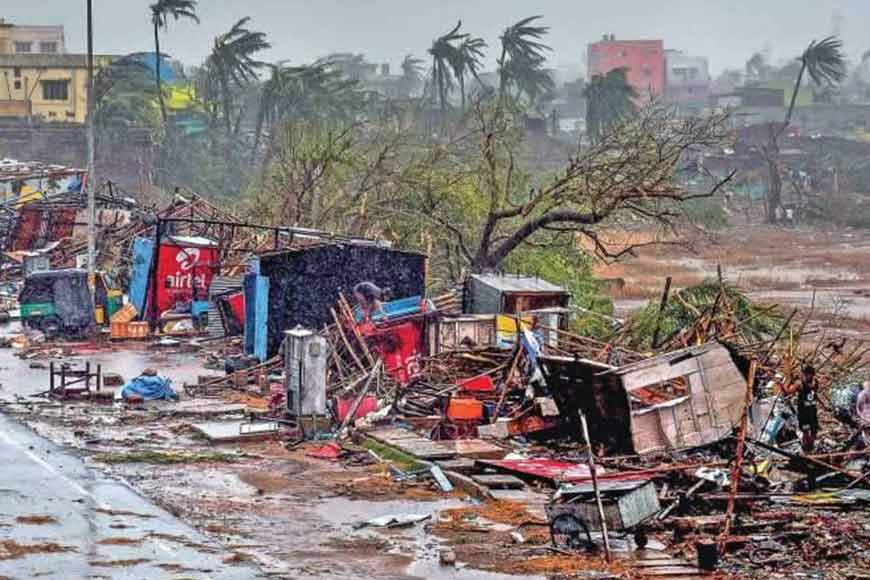
RSMC New Delhi is also responsible for naming cyclones over the Bay of Bengal and Arabian Sea, based on suggested names from all these countries. Out of several criteria for naming cyclones, some important ones are: names should be politically and culturally neutral, should not be “rude and cruel” and should be short, easy to pronounce. The maximum permissible length for cyclone names is eight letters. Since a sense of humour is not excluded from the list, you will get ferocious storms called Bulbul and Titli.
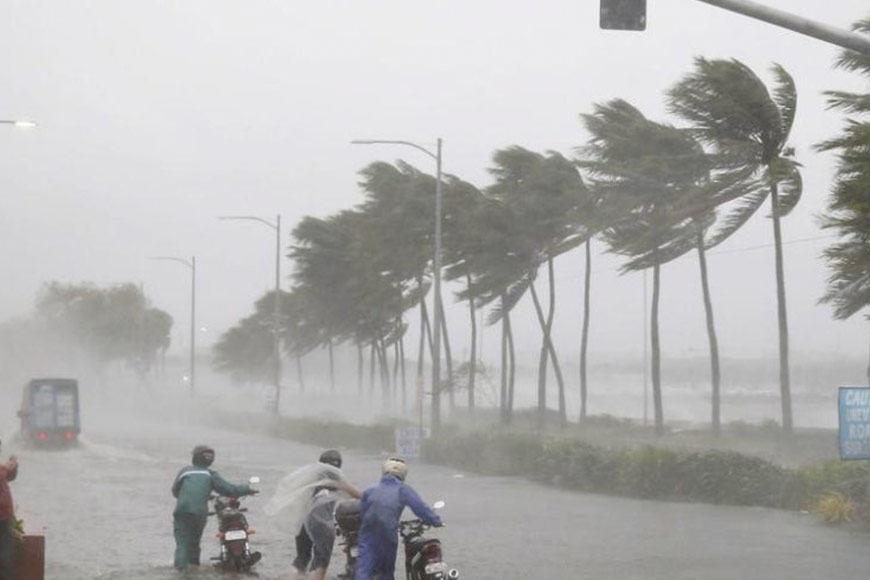
In May 2020, Amphan became the last cyclone to get its name from the old list, and a new list of cyclone names was issued by IMD. The list comprises 13 names of cyclones each for the 13 member countries, totalling 169. India’s entries are Gati, Tej, Murasu, Aag, Vyom, Jhar, Probaho, Neer, Prabhanjan, Ghurni, Ambud, Jaladhi and Vega. The naming of storms from the new list has begun with Nisarga, moving to Gati, and so on. After 13 cyclones, when row one is fully used up, the naming resumes from the second row and so on.
As per global guidelines, however, if a cyclone is particularly deadly or destructive in terms of property, the name is ‘retired’ and never used again for any other storm.










